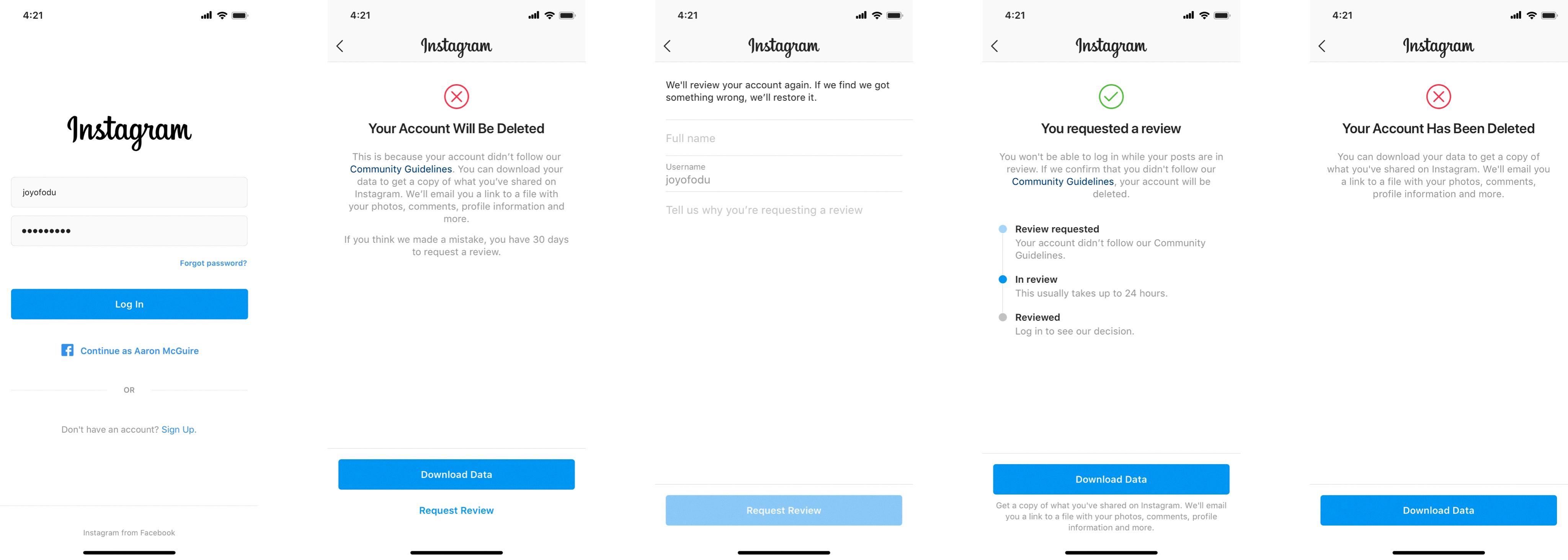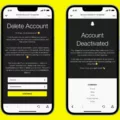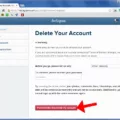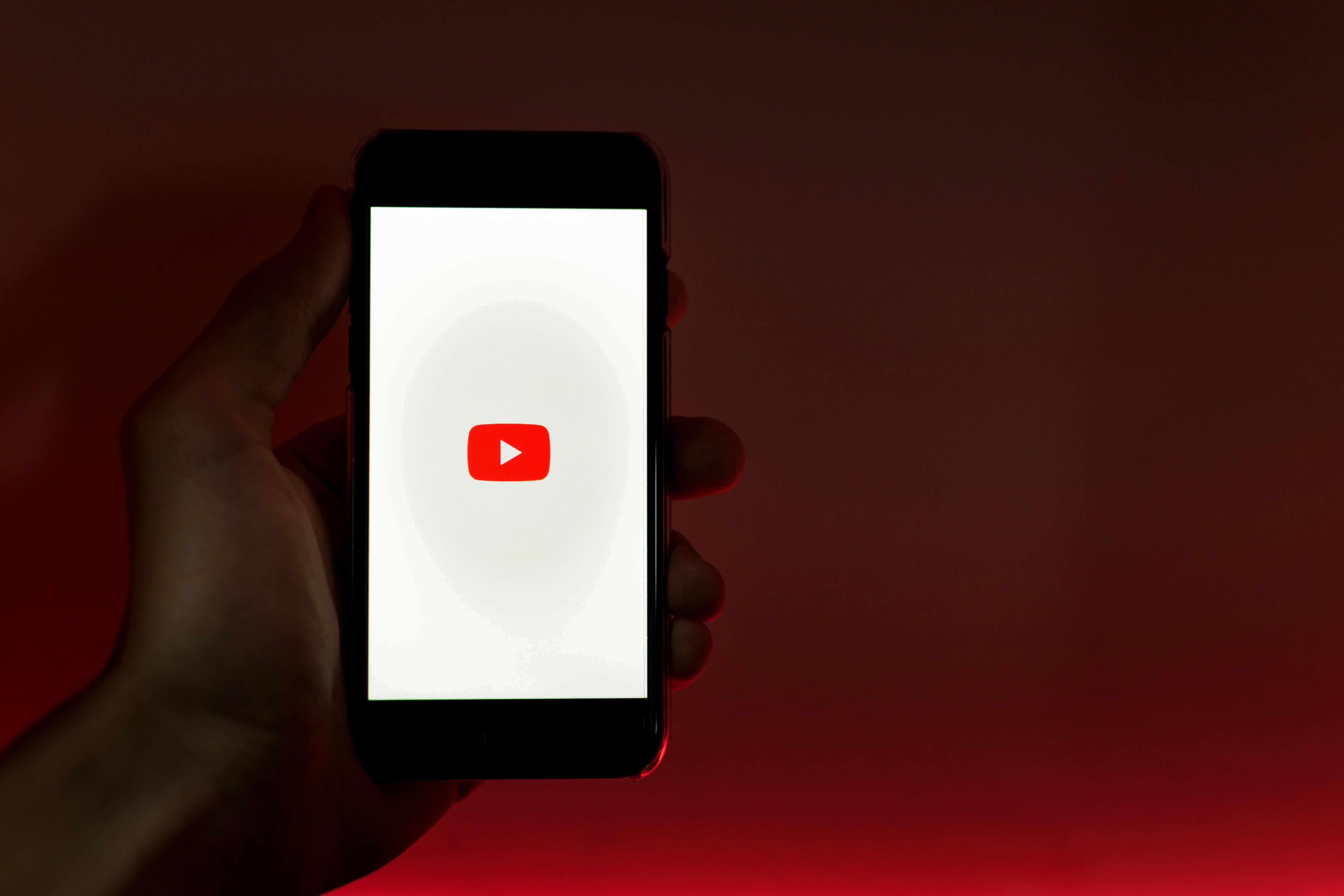Instagram is a popular social media platform that allows users to share photos and videos with their followers. One of the features on Instagram is the ability to follow other users and see their posts in your feed. Sometimes, however, you may accidentally decline someone’s follow request, and you might wonder if there is a way to see and recover those deleted requests.
Unfortunately, once you decline a follow request on Instagram, there is no way to bring back the request options. The only solution is to follow the person back. If their account is private, they will need to accept your follow request. If their account is public, you will have to wait for them to follow you back.
In the past, there used to be a way to view a list of your unanswered follow requests on Instagram, but this feature has been removed. Currently, the only way to see a list of your sent follow requests is by downloading your Instagram data.
To download your Instagram data, go to your Instagram account settings and find the “Privacy and Security” section. From there, you can request a download of your data. Instagram will then compile all your data, including your sent follow requests, into a downloadable file.
It’s important to note that this process may take some time, and you will receive an email notification once your data is ready for download. Once you have downloaded the file, you can open it and navigate to the “Connections” folder to find a list of your sent follow requests.
If you accidentally decline someone’s follow request on Instagram, there is no way to retrieve the request options. The best solution is to follow the person back and wait for them to accept your request. To view a list of your sent follow requests, you can download your Instagram data and find the information in the downloaded file.
How Do You Accept Deleted Follow Requests On Instagram?
Unfortunately, if you have accidentally declined someone’s follow request on Instagram, there is no way to retrieve the request or bring back the request options. Once a follow request is declined, it cannot be accepted or undone.
To remedy this situation, you have two options depending on the privacy settings of the account you declined the request from:
1. If the account is private: You can follow the account again. Once you send a new follow request, the user will receive a notification. It is up to them to accept or decline your request. If they choose to accept your request, you will be able to see their posts and interact with their account.
2. If the account is public: You will need to wait for the user to follow you back. Since their account is public, they can simply choose to follow you without needing your approval. Once they follow you, you will be able to see their posts and interact with their account.
In both cases, you do not have control over the acceptance of the follow request. It is ultimately up to the user to decide whether they want to accept or decline your request.

Can You See Follow Request History On Instagram?
Currently there is no direct way to view your follow request history on Instagram. In the past, there used to be a feature that allowed users to see a list of their sent follow requests, but it has been removed.
To access your follow request history, you need to download your Instagram data. This can be done by following these steps:
1. Open the Instagram app on your mobile device.
2. Go to your profile by tapping on the profile icon in the bottom right corner.
3. Tap on the three horizontal lines in the top right corner to open the menu.
4. Scroll down and tap on “Settings.”
5. In the settings menu, tap on “Security.”
6. Under the “Data and History” section, tap on “Download Data.”
7. Enter your email address and tap on “Request Download.”
8. Instagram will then prepare your data and send you an email with a download link.
9. Open the email and click on the download link provided.
10. Follow the instructions to download your data and save it to your device.
Once you have downloaded your Instagram data, you can extract the files and look for the “connections.json” file. This file contains information about your sent follow requests, including the usernames of the accounts you have requested to follow.
By opening the “connections.json” file, you can view the history of your sent follow requests. However, please note that this file may also include other types of connections, such as contacts synced from your phone or Facebook friends.
While it is not possible to directly see your follow request history on Instagram itself, you can download your data and access the information through the “connections.json” file.
Conclusion
Instagram is a popular social media platform that allows users to share photos and videos with their followers. It offers various features such as filters, editing tools, and the ability to add captions and hashtags to make posts more engaging. Instagram also provides a platform for users to connect with others by following their accounts and engaging with their content through likes, comments, and direct messages.
Instagram has become a powerful tool for businesses and influencers to showcase their products or services, build brand awareness, and reach a wider audience. It offers advertising options such as sponsored posts and stories, allowing businesses to target specific demographics and increase their visibility.
Furthermore, Instagram has introduced features like IGTV, Reels, and Stories, which allow users to share longer videos, create short-form content, and share temporary posts that disappear after 24 hours. These features have added more versatility to the platform and have been well-received by users.
However, it is important to note that Instagram also has its limitations. The platform’s algorithm determines the visibility of posts, which can sometimes make it challenging for users to gain organic reach. Additionally, the platform has faced criticism for its impact on mental health, as users may feel pressured to present a curated and idealized version of their lives.
Instagram offers a visually appealing and engaging platform for individuals and businesses to connect, share content, and build communities. With its ever-evolving features and constant updates, Instagram continues to be a dominant force in the world of social media.








